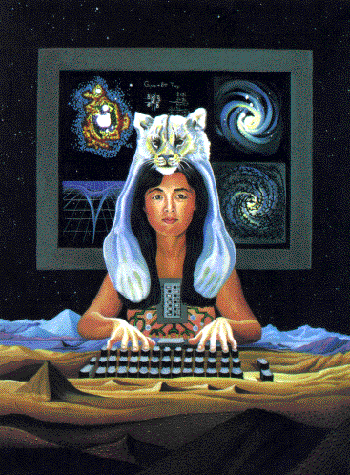 As many of you already know, the Cyborgology editors decided to throw a conference called Theorizing the Web. The conference will be in College Park, MD (just outside of Washington, D.C.) on April 9th. Today we are excited to announce the program for the conference and attach a flier that we hope you all can distribute to those who you think might be interested.
As many of you already know, the Cyborgology editors decided to throw a conference called Theorizing the Web. The conference will be in College Park, MD (just outside of Washington, D.C.) on April 9th. Today we are excited to announce the program for the conference and attach a flier that we hope you all can distribute to those who you think might be interested.
As you will see, the response was terrific. We built 14 panels out of the 56 papers we accepted (from the over 100 submissions). There will be three invited panels (on feminist activism, race, and methods). There will be two symposia (one on the role of social media in the Arab uprisings and another on social media and street art). There will be two plenaries (one by Saskia Sassen and another by George Ritzer). And we are excited to have danah boyd deliver our keynote.
If that was not enough, we have plenty of art-related surprises in store for those who attend. We have invited artists of all types to display and perform art specifically tailored to the themes of the conference. This will be one busy carnivalesque day for those who love technology and/or theory!
The program is found here: http://www.cyborgology.org/theorizingtheweb/program.html
Last, a flier for the conference [.pdf here]. Please distribute widely!



